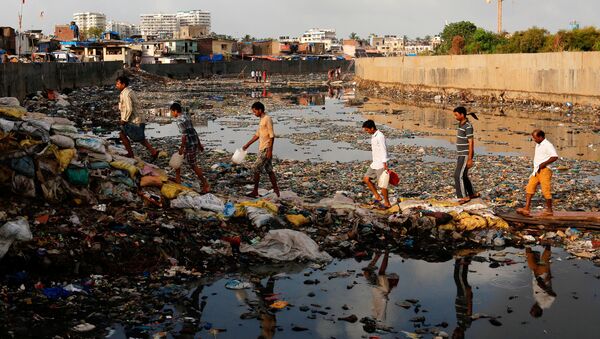“Amid sources that can be used to bridge water demand-supply gap, augmented and sustainable surface water sources would require funds to the tune of $215 billion followed by groundwater $45 billion,” Assocham-PwC joint study titled ‘Water Management in India: Channelling the resources’ noted.
The report said wastewater treatment and reuse together with desalination would require funding of $27 billion and $4 billion respectively.
In the next one decade or so, industrial use of water will witness a substantial jump as the power, paper, steel, aluminium, cement and fertilizer industries alone would pump out five times more water than they would actually consume now.
“Stepping up of existing service provisioning including infrastructural up-gradation will be necessary to meet the qualitative and quantitative aspects of the demand. This would need additional sources of investments including technological innovations,” Ranen Banerjee, Partner and Leader — Public Sector and Governance, PwC India said.
According to World Bank and non-profit government organization Water Aid, around 37.7 million Indians are affected by waterborne diseases annually; 1.5 million children are estimated to die of diarrhoea alone and 73 million working days are lost due to waterborne diseases each year.





